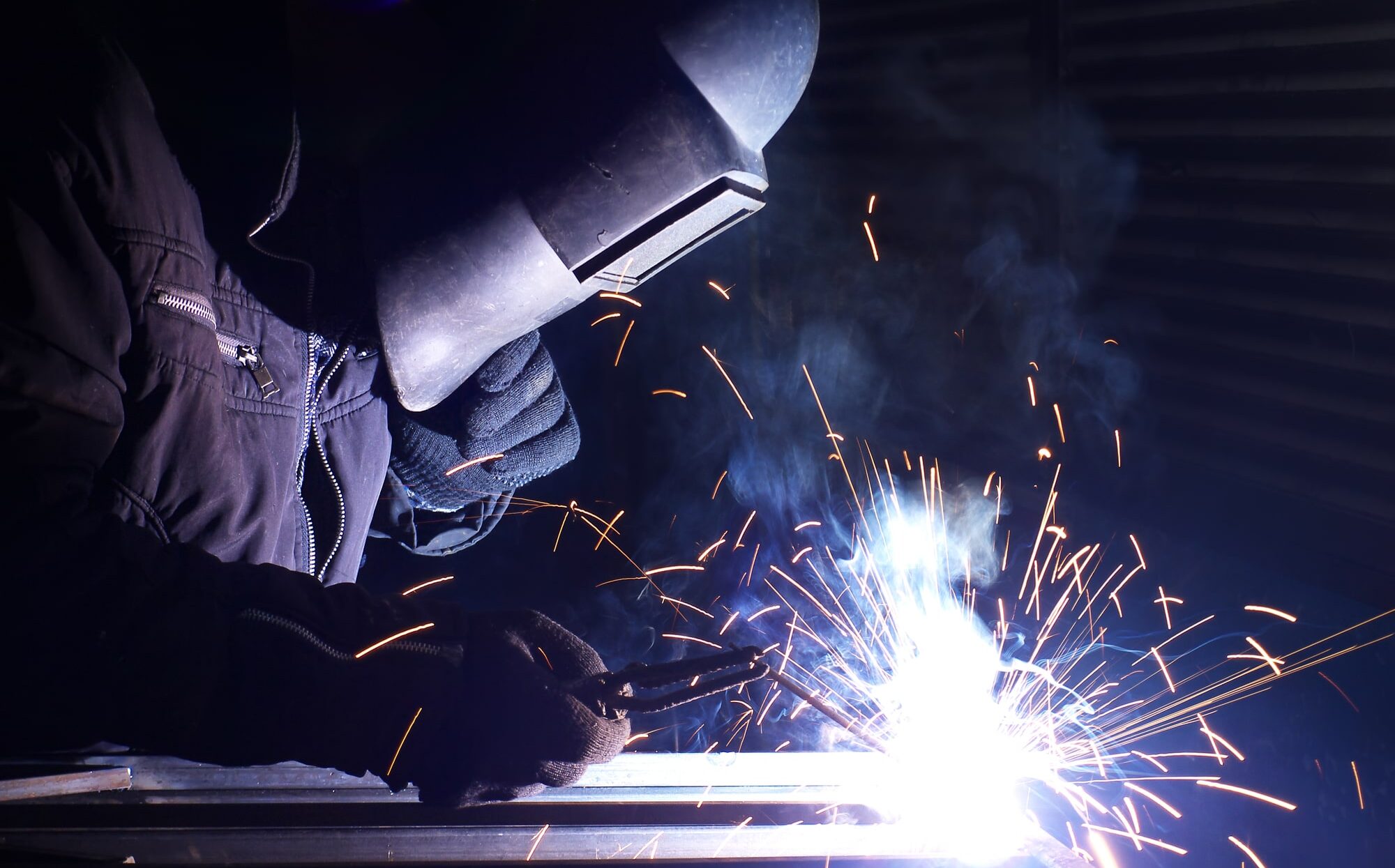The Ultimate Guide to Welding WPS Procedures: A Detailed Overview for Welders
In the elaborate globe of welding, Welding Treatment Requirements (WPS) work as the backbone of guaranteeing top quality, uniformity, and safety in welding operations. Comprehending the nuances of producing, executing, and keeping an eye on WPS treatments is necessary for welders wanting to raise their craft and fulfill market criteria. As we look into the numerous components of a WPS and check out the intricacies of certification and accreditation, we will certainly reveal the important function these procedures play in the world of welding. Let's start a journey to decipher the complexities and relevance of WPS treatments in welding techniques.
Significance of WPS Procedures
Comprehending the significance of Welding Treatment Requirements (WPS) treatments is vital for making sure the high quality and stability of welded structures. WPS procedures offer as a roadmap for welders, outlining the needed steps, parameters, and materials needed to achieve an audio weld. By adhering to WPS standards, welders can make certain consistency in their work, causing structurally sound and dependable welds.
One of the primary factors why WPS procedures are essential is their duty in keeping weld top quality and honesty. Complying with the specified welding specifications and methods detailed in the WPS aids avoid defects such as porosity, splitting, or incomplete combination, which can jeopardize the stamina and longevity of the weld.

Components of a WPS
A Welding Procedure Requirements (WPS) normally consists of crucial elements that information the certain needs for implementing a weld, ensuring consistency and top quality in the welding process. The vital elements of a WPS consist of vital variables such as base steels, filler metals, preheat and interpass temperature levels, welding processes, shielding gases, welding settings, and post-weld warmth therapy needs.
Base steels refer to the materials being joined, while filler steels are made use of to load the space in between the base metals throughout welding. Preheat and interpass temperature levels are essential for managing the warmth input and stopping concerns like splitting or distortion. The welding procedure details the specific method to be used, whether it's gas metal arc welding (GMAW), secured metal arc welding (SMAW), or one more method. Securing gases shield the weld swimming pool from atmospheric contamination. Welding placements specify the positionings in which welding can be carried out. Post-weld heat therapy might be required to soothe tensions and improve the weld's homes. An extensive understanding of these parts is crucial for producing a comprehensive and reliable WPS.

Qualification and Certification
Having actually established the important parts of a Welding Procedure Specification (WPS), the emphasis currently shifts in the direction of the crucial facets of qualification and certification in welding methods.

Accreditation, on the other hand, is the formal acknowledgment of a welder's qualifications by a relevant certification body or organization. Welding certifications are commonly based on the specific welding processes, products, and positions a welder is qualified to deal with. Holding a valid welding certification shows that a welder fulfills sector standards and is proficient to do welding jobs to the required requirements.
Developing a WPS
To develop a Welding Treatment Spec (WPS) that meets sector standards, careful factor to consider of welding processes, materials, and functional parameters is vital (welding WPS). The very first action in creating a article source WPS is to recognize the welding procedure to be made use of, such as gas steel arc welding (GMAW) or secured steel arc welding (SMAW) When the welding process is established, the following crucial facet is selecting the appropriate products, thinking about aspects like base metal kind, thickness, and joint layout. Operational parameters such as welding current, voltage, traveling speed, and protecting gas structure have to also be meticulously defined in the WPS.

Implementing and Monitoring WPS
Upon wrapping up the comprehensive Welding Treatment Specification (WPS) that diligently information welding procedures, products, operational criteria, and high quality guarantee measures, the emphasis shifts to properly carrying out and checking the well-known procedures. Implementation includes making sure that all welders included in the project are acquainted with the WPS and follow it carefully throughout the welding procedure. Effective implementation and monitoring of the WPS are crucial for ensuring the integrity, strength, and safety and security of the welded joints, inevitably contributing to the total success of the welding task.
Final Thought
To conclude, understanding and adhering to Welding Procedure Specs (WPS) is vital for welders to make sure top quality, consistency, and safety and security in their job. By knowing the parts of a WPS, obtaining appropriate certifications and certifications, developing in-depth next page procedures, and carrying out and checking them properly, welders can improve their skills and proficiency in welding methods. Complying with WPS procedures is essential for generating top quality welds and meeting sector criteria.
In the elaborate globe of welding, Welding Procedure Requirements (WPS) offer as the foundation of ensuring top quality, consistency, and safety and security in welding operations. The welding process details the specific technique to be made use of, whether it's gas steel arc welding (GMAW), secured steel arc welding (SMAW), or one more technique.To create a Welding Treatment Spec (WPS) that satisfies industry standards, careful consideration of welding procedures, materials, and operational parameters is vital. The first action in developing a WPS is to recognize the welding procedure to be made use of, such as gas steel arc welding (GMAW) or shielded steel arc welding (SMAW)Upon finalizing the thorough Welding Procedure Requirements (WPS) that meticulously information welding processes, materials, functional parameters, and quality assurance procedures, the emphasis moves to successfully executing and checking the well established treatments.